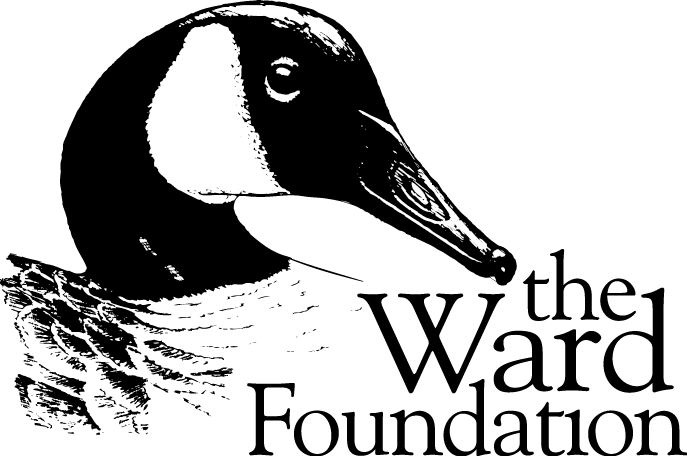John Wells was a boatbuilder by trade and spent forty years as the foreman for Ackroyd Boat Co. (Engers 286). He hunted on Long Point and the St. Clair Flats where he encountered the carving influence of the Warin brothers’ style. Wells carved both hollow and solid decoys with heads attached to a raised neck seat extending from the chest. These decoys were well-carved and finished with flowing wing patterns and comb-painted bodies. Black ducks received further attention around the head which Wells scratch painted for a textured effect. In addition to black ducks, Wells carved other species frequently hunted in the area: scaup, Canada geese, canvasbacks, mallards, pintails, redheads, shovelers and wigeon. Some of these decoys bear the stamp “JRW Maker” (Kangas 143). Because not all of Wells’ lures are initialed and more decoys attributed to him have surfaced, it is difficult to estimate how many birds Wells produced. A rig of canvasbacks attributed to this carver was discovered west of Lake Manitoba at the Oak Lake Club. Wells designed the rig to be divided according to the fall and spring seasons. For fall hunting, Wells intended the white-backed drakes to be used and for spring, hens matched with males in juvenile plumage. It is possible that like George Warin, Wells did some carving for royalty as well. In 1919, Edward, Prince of Wales traced his father’s footsteps to Manitoba for a hunting expedition, and it is believed that he shot over decoys supplied by John Wells (Engers 291).
John R. Wells
(1861 - 1955) Toronto, Canada
